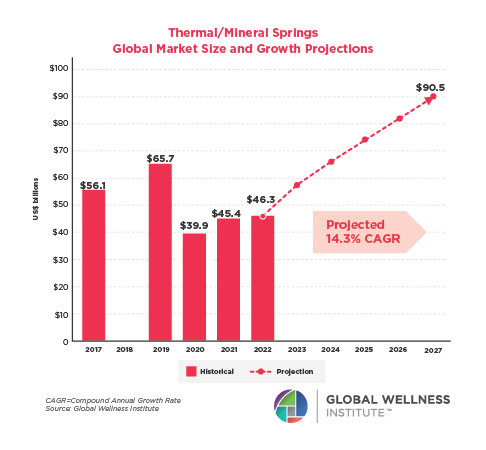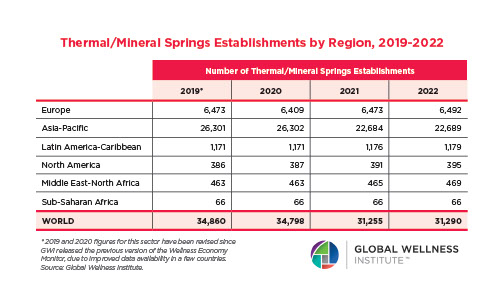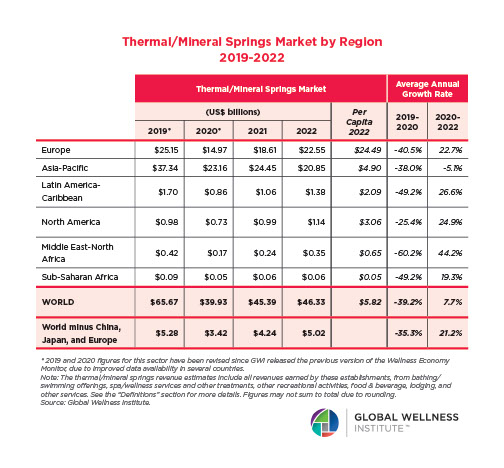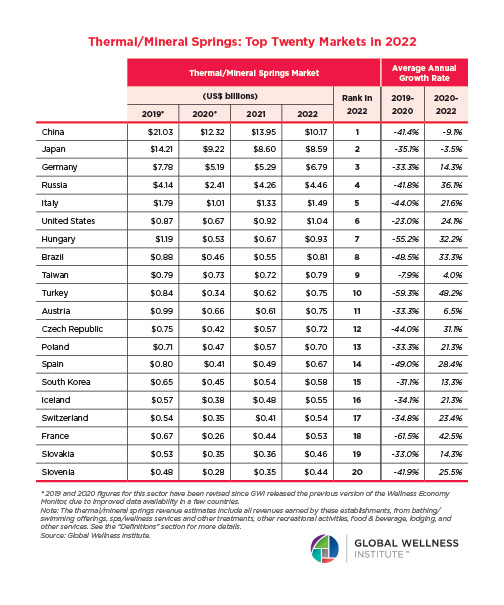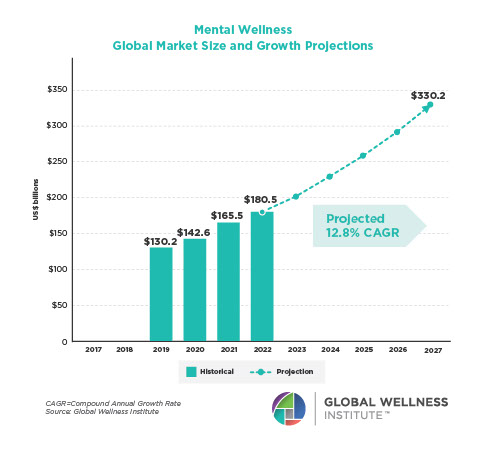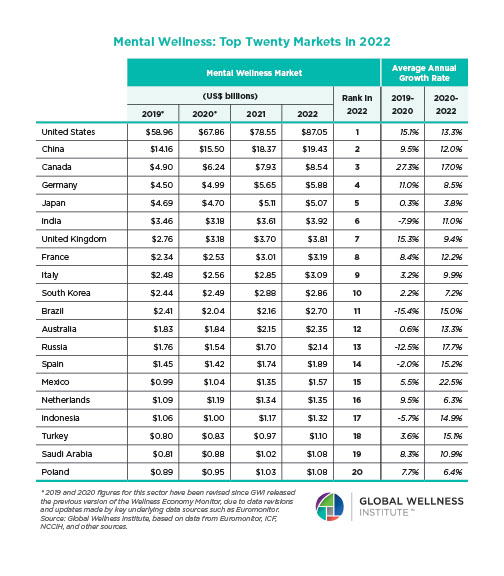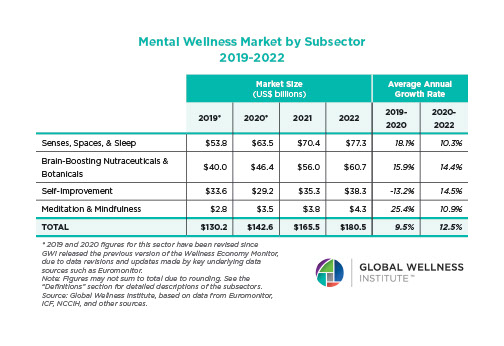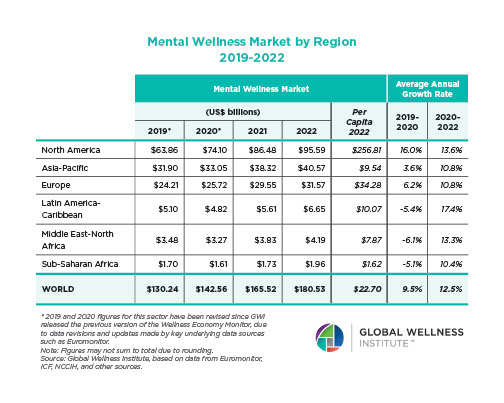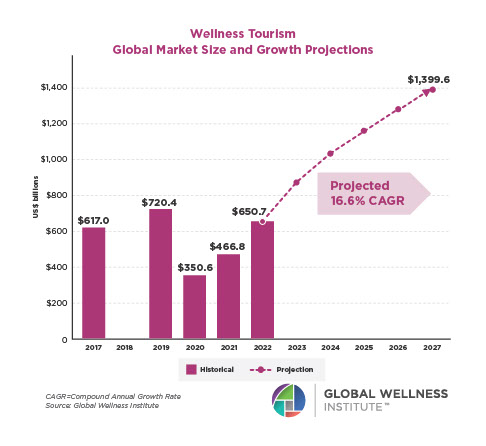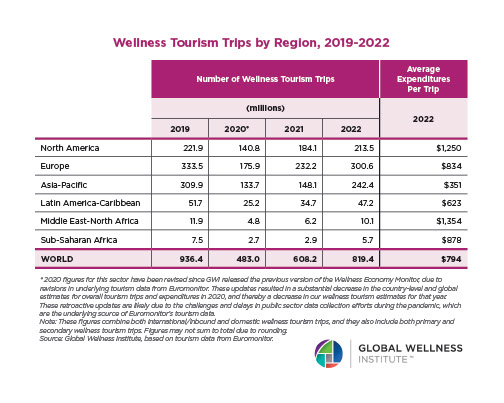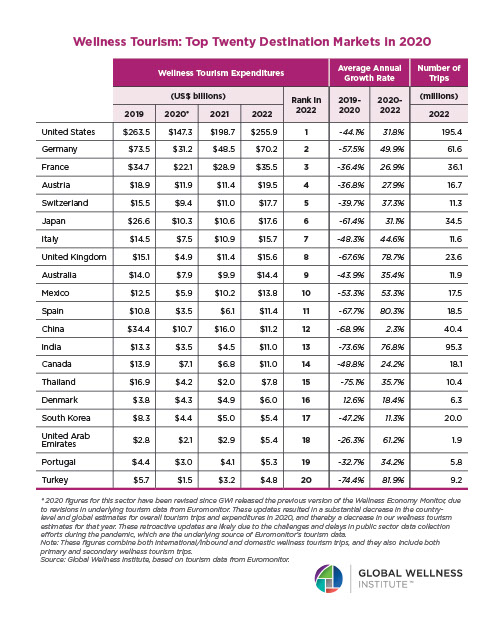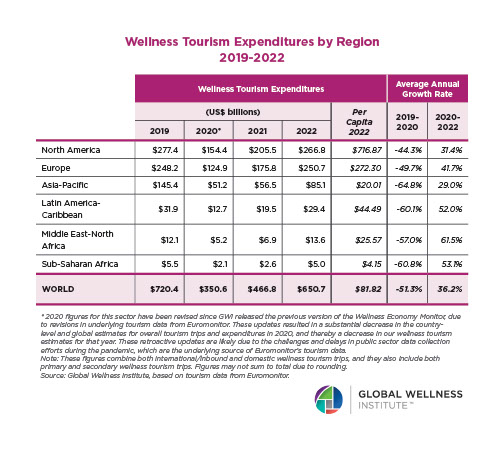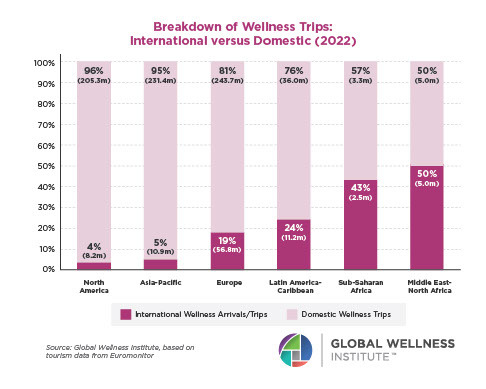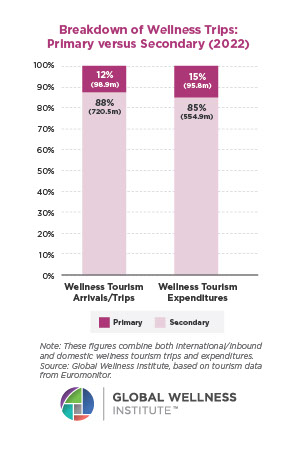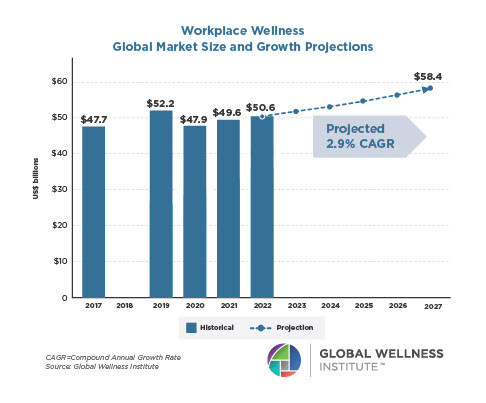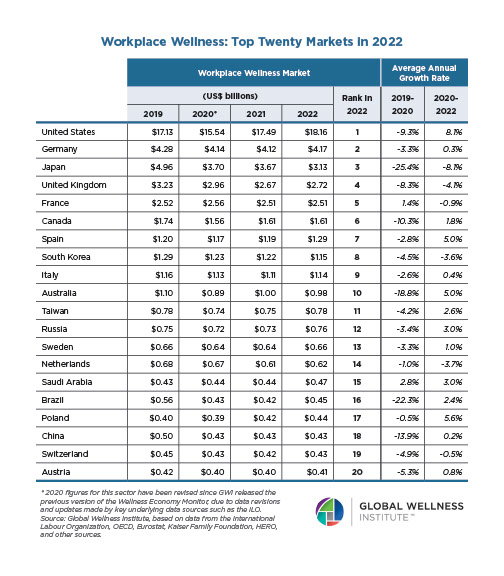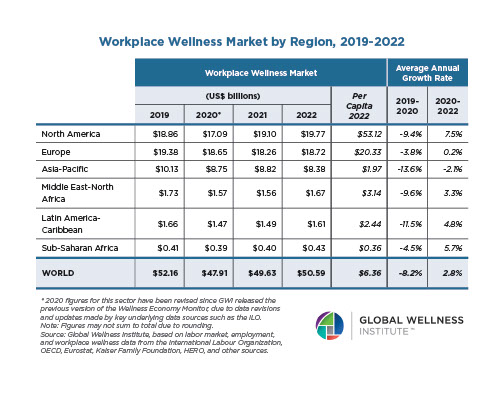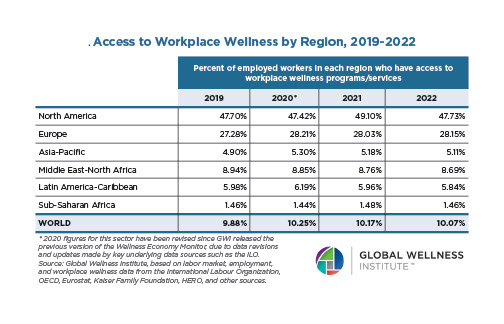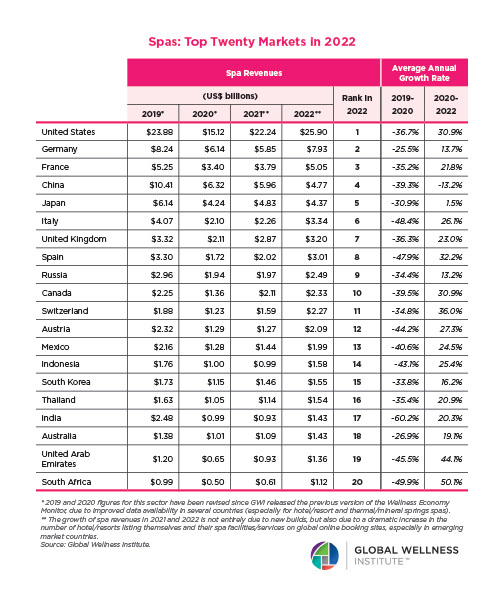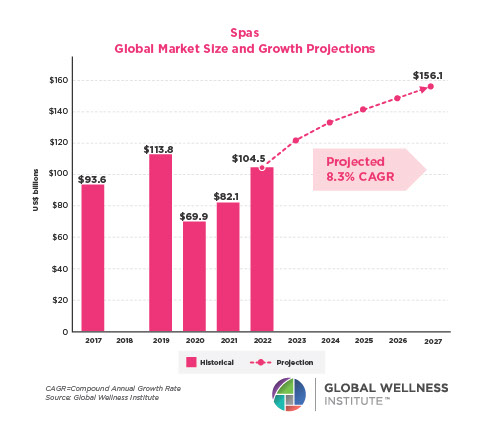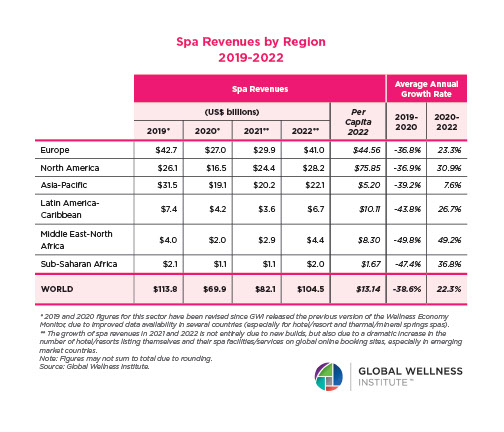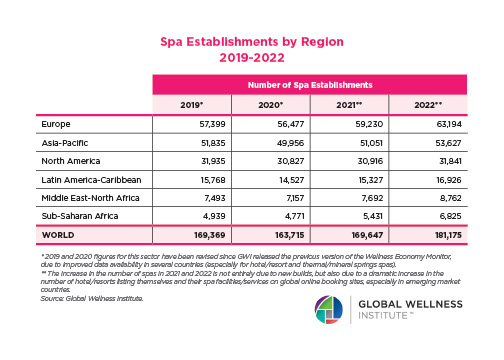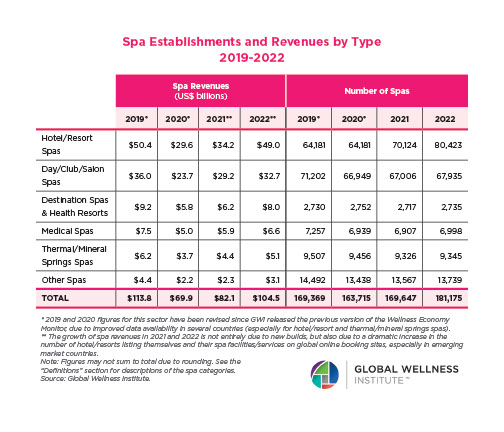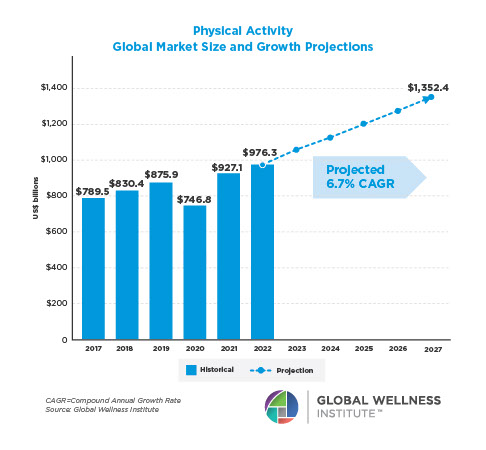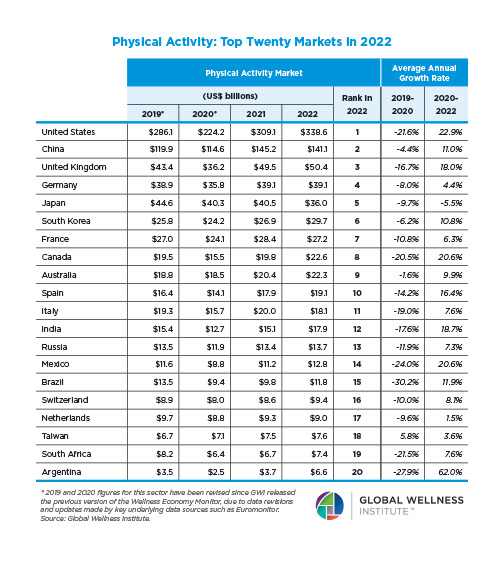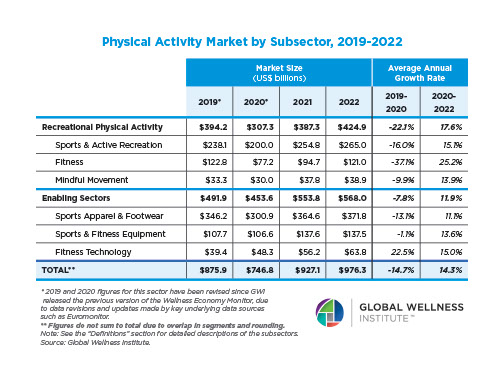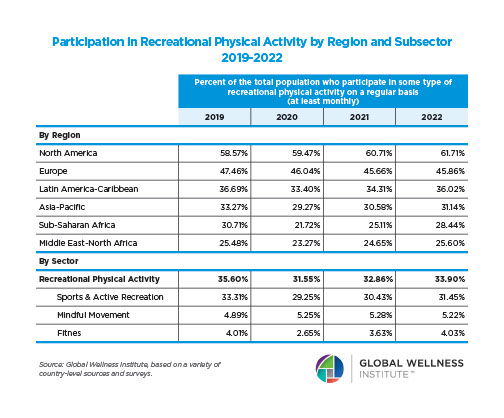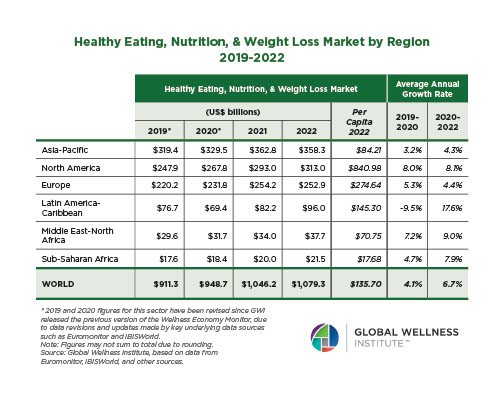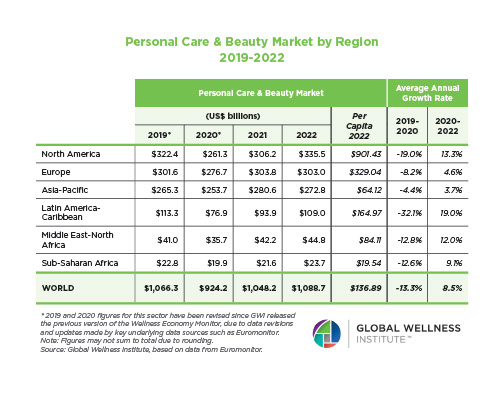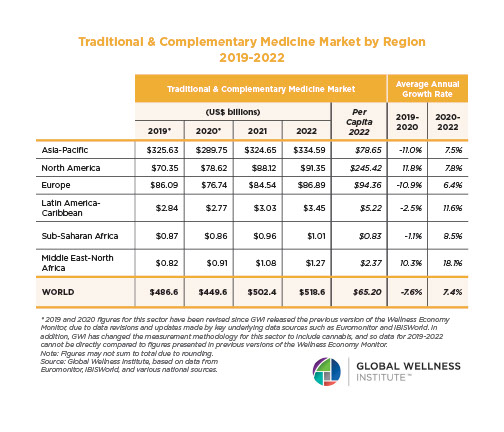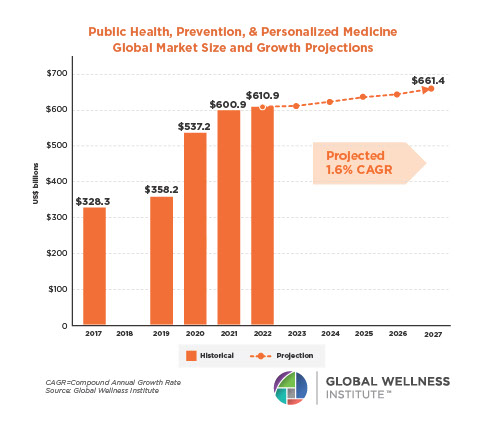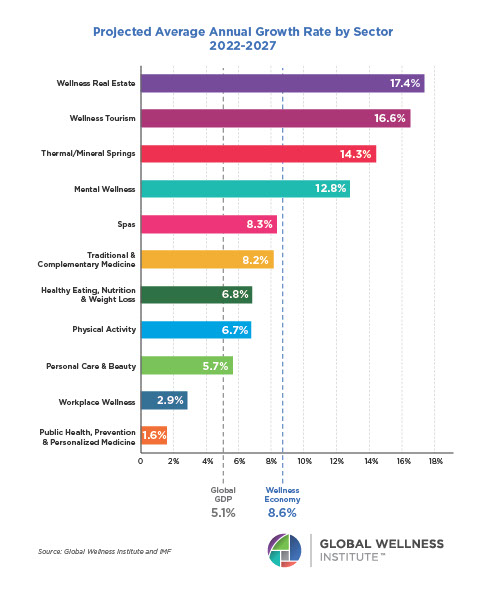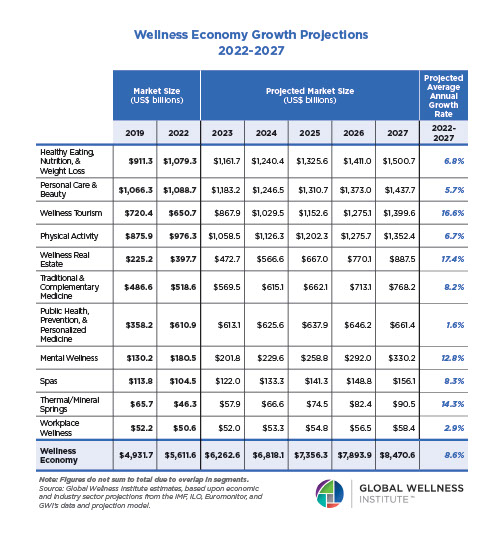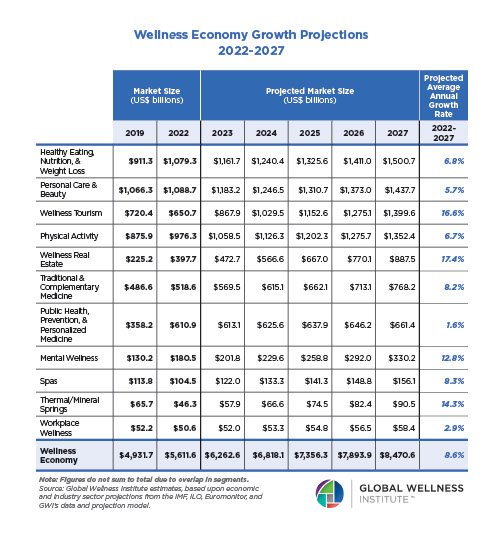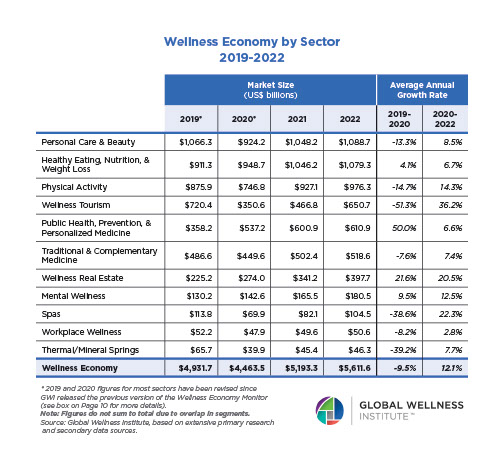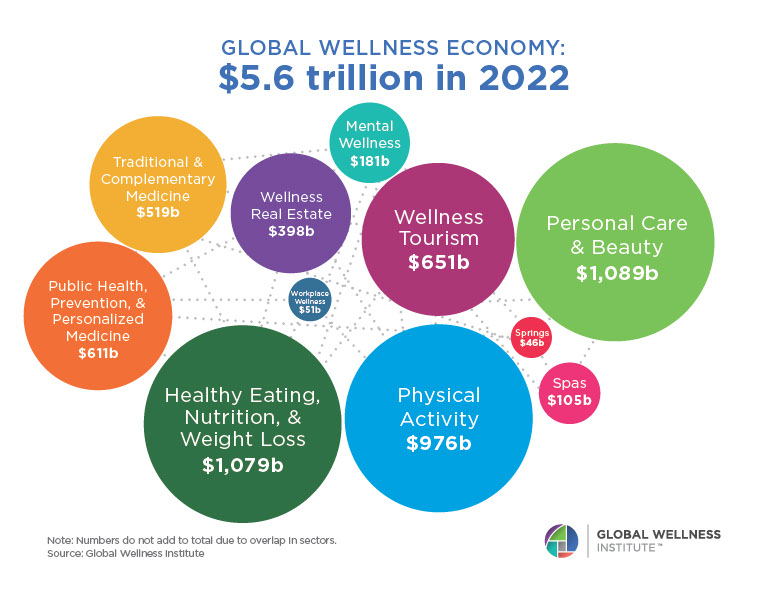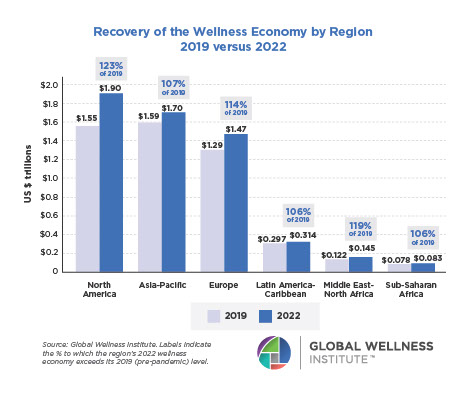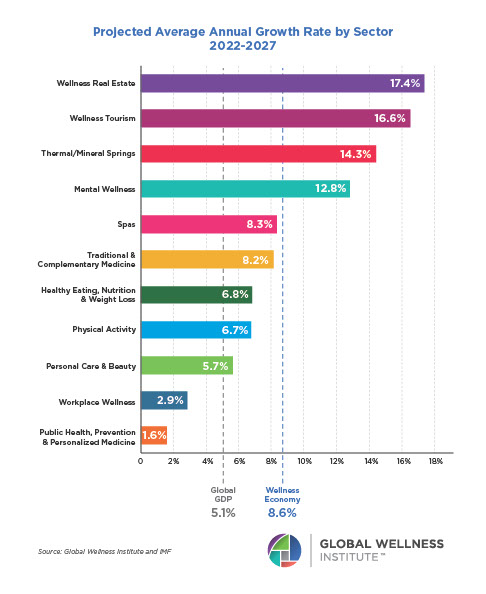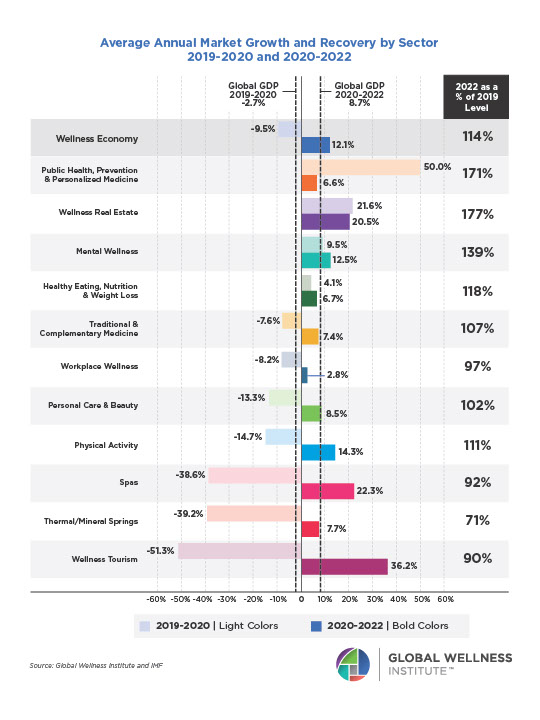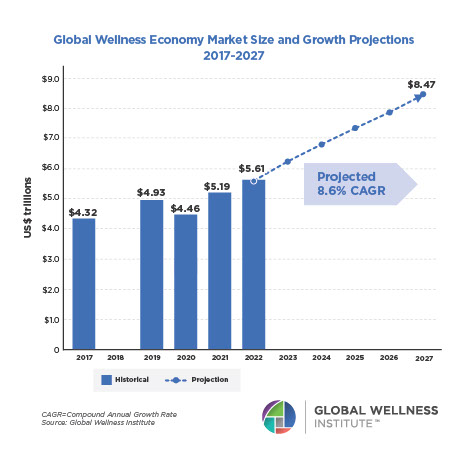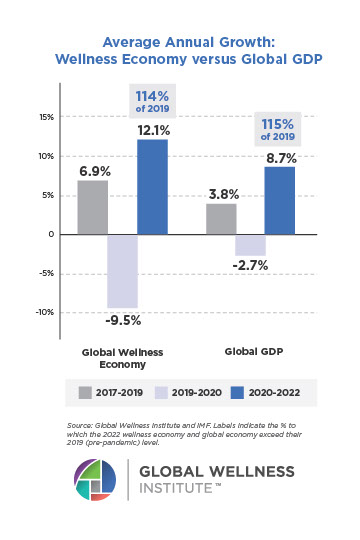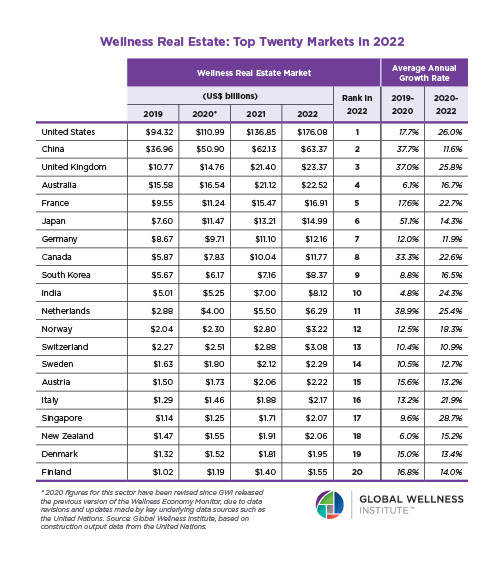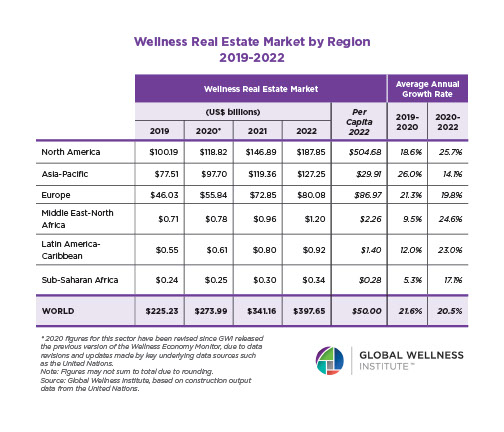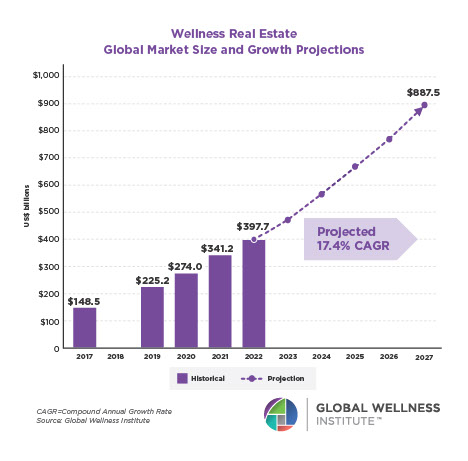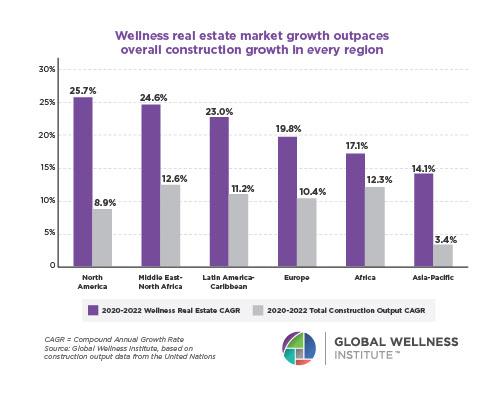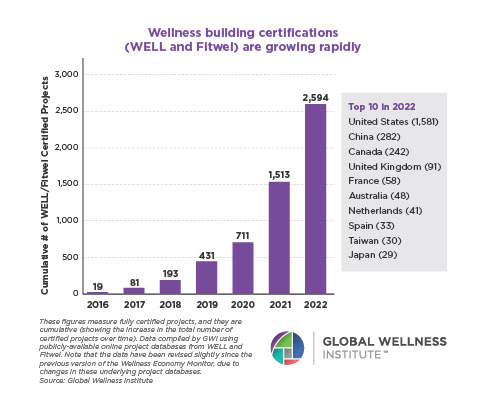Hydrothermal Initiative
2025 Trends
![]()
As global wellness priorities shift, the spa and hydrothermal industry is reimagining everything—from how we use water to how we define relaxation. The five trends shaping 2025 show a sector that’s becoming more sustainable, inclusive, socially connected, and emotionally transformative. Water conservation is driving regulatory reform and design innovation, while the ice bath craze is giving way to gentler, more accessible cooling rituals. Communal sauna culture is booming, transforming public spaces into wellness hubs. Meanwhile, hotels risk losing ground to urban bathhouses unless they evolve. And a powerful new frontier—immersive wellness—is redefining the spa experience through awe-inspiring, multisensory design. These trends reveal a common thread: the future of hydrothermal is not just functional or beautiful—it’s deeply human, rooted in connection, emotion, and environmental responsibility.
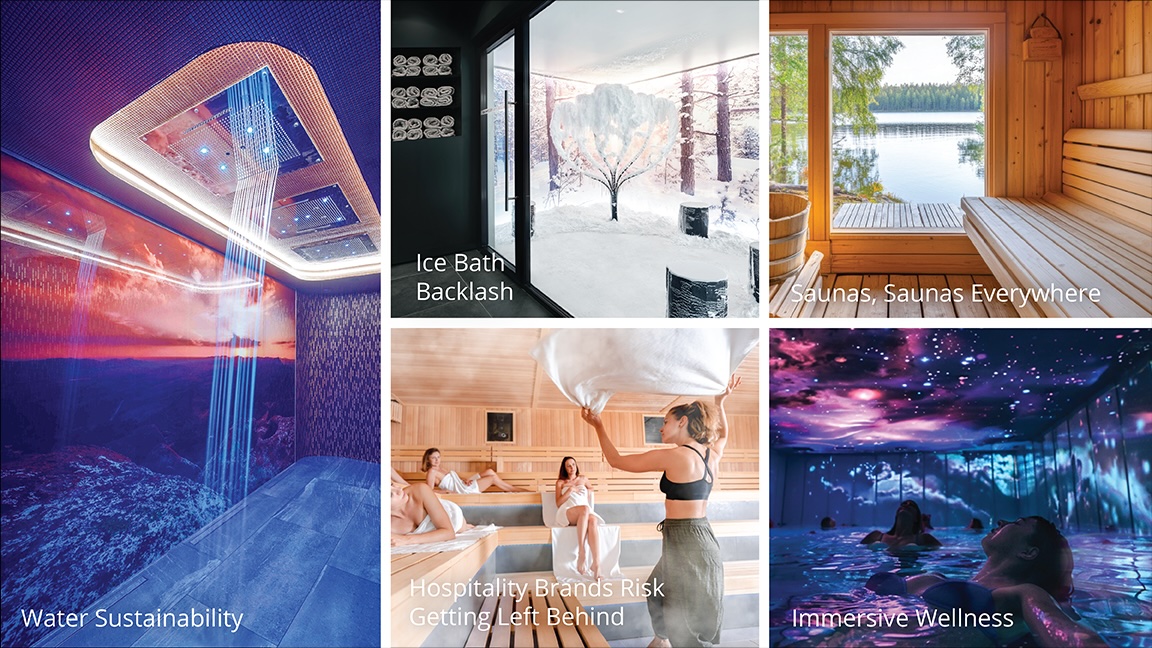
TREND 1: Water Sustainability – Rethinking Spa Water Use
Water scarcity is a growing global crisis, driven by climate change, population growth, and pollution. The spa and wellness industry, deeply rooted in the concept of salus per aquam (“health through water”), is increasingly being challenged to take a leadership role in preserving and renewing this essential resource. As droughts and water shortages become more frequent, the industry must evolve—not just through operational efficiency but by advocating for smarter, more sustainable regulations. This urgency is reflected in the Global Wellness Summit’s 2025 Trend: “Watershed Wellness”, signaling a growing industry-wide focus on responsible water use.
The hydrothermal sector is starting to explore ways to modernize outdated regulations that can unintentionally create excessive water use. A key example is how US regulations classify drench and experience showers as traditional showers, despite their significantly different use cases. Drench showers—which consume up to 40 liters of water per guest—are primarily used for cooling down and rinsing off sweat, generating minimal contamination. If these were reclassified to allow for water treatment and reuse (like pools), the industry could make major strides in conservation. Some hydrothermal industry leaders are already working with shower manufacturers to develop sustainable solutions.
In the meantime, spas and wellness centers can explore alternative cooling methods that minimize water waste, such as snow showers and snow rooms, offering a refreshing cooldown without excessive water use, or cold plunges, encouraging quick, immersive cooling with significantly lower water consumption.
A clear trend is emerging: hydrothermal experts are collaborating with regulators and owner/operators to modernize water use standards. As this movement gains traction, we expect to see new benchmarks set for water-conscious wellness, ensuring that spas and hydrothermal facilities can continue to thrive without depleting this vital resource.
Resources
- Global Wellness Summit “Watershed Wellness” Trend https://www.globalwellnesssummit.com/press/press-releases/global-wellness-summit-releases-10-wellness-trends-for-2025/
TREND 2: Ice Bath Backlash – A Shift Toward Gentler Cooling
Ice baths and the Wim Hof Method have dominated the wellness conversation, with extreme cold exposure marketed as a powerful tool for recovery and resilience. However, new research suggests that extreme cold exposure isn’t suitable for everyone, and many wellness seekers are now looking for less extreme, more balanced cooling options. As a result, spas and hydrothermal facilities are shifting away from the shock factor of ice baths and returning to gentler, more traditional cooling practices.
Cooling down has always been an integral part of the thermal bathing cycle, but historically, full ice immersion was the exception, not the rule. Now, industry leaders have an opportunity to reshape the conversation, moving beyond endurance-driven trends toward accessible, science-backed cooling experiences that better serve a wider audience.
Some of the softer alternatives that can be considered: misting experiences, providing a gradual cooldown without overwhelming the system; snow rooms and snow showers, offering a refreshing but less intense alternative to ice plunges; cool air-based relaxation spaces, encouraging recovery without extreme temperature shocks; foot baths or Kneipp walks, a traditional method for cooling the body without full immersion stress.
As wellness consumers seek more sustainable, inclusive, and personalized experiences, spas are rethinking how they integrate cold exposure. Rather than glorifying extreme endurance, the next wave of hydrothermal innovation is about finding balance—where cooling enhances, rather than shocks, the body.
Resources
- The Guardian “Cure or killer? The rewards – and very real risks – of the cold water plunge” https://www.theguardian.com/society/2023/oct/01/cure-or-killer-the-rewards-and-very-real-risks-of-the-cold-water-plunge
- American Heart Association “You’re not a polar bear: The plunge into cold water comes with risks” https://www.heart.org/en/news/2022/12/09/youre-not-a-polar-bear-the-plunge-into-cold-water-comes-with-risks
- watMSN “Ice baths are popular for exercise recovery and general wellness. But what does the science say?” https://www.msn.com/en-za/news/other/ice-baths-are-popular-for-exercise-recovery-and-general-wellness-but-what-does-the-science-say/ar-AA1Ba2Ff
TREND 3: Saunas, Saunas Everywhere, All at Once
From floating saunas on lakes and rivers to massive installations in urban hubs like London and New York, communal sauna culture is experiencing a global renaissance. What was once a niche wellness practice is now becoming a mainstay of modern social life, offering an alternative gathering space to pubs and bars.
Several cultural and wellness shifts are fueling the current sauna boom:
- Science-backed benefits – Research continues to highlight the profound physical and mental health benefits of sauna bathing, from cardiovascular improvements to stress reduction.
- Craving connection – In a post-pandemic world, people are prioritizing social wellness—saunas provide a structured, health-focused way to gather.
- Cultural shifts – As alcohol-free social spaces gain popularity, saunas are stepping in as the new “third place,” a communal gathering spot beyond home and work.
- Architectural innovation – Creative new sauna concepts, from mobile pods to large-scale bathhouses, are making sauna culture more accessible and exciting than ever.
As demand grows, expect to see more pop-up and mobile saunas in unexpected locations, like parks, beaches, rooftops; larger communal bathhouses that redefine what urban wellness can be; and fusion experiences blending sauna bathing with meditation, sound therapy, Aufguss rituals, etc. for deeper sensory immersion. The centuries-old tradition of regular sauna bathing isn’t just back—it’s shaping the future of social wellness.
Resources
- Vogue “In America’s Cities, Saunas Are Becoming the Hottest Social Spot” https://www.vogue.com/article/sauna-trend
- Telegraph “I used to thing saunas were seedy – now I go instead of the pub” https://www.telegraph.co.uk/health-fitness/wellbeing/mental-health/sauna-trend-britain/
- The Herald “Forget wild swimming – the latest trend is wild sauna.” https://www.heraldscotland.com/news/24818477.21-places-experience-wild-sauna-trend-scotland/
TREND 4: Hospitality Brands Risk Getting Left Behind
For years, leading hospitality brands set themselves apart with spa and wellness offerings. But today, the rise of urban bathhouses as thriving community wellness hubs is changing guest expectations—and hotels that don’t keep pace risk being left behind. Previously hotel and resort spas were considered the pinnacle of hydrothermal experiences, but now many hospitality wellness programs feel stale, outdated, and uninspired. Instead of “wowing” guests, they risk disappointing them with experiences that don’t reflect today’s evolving wellness landscape.
Several forces are driving this seismic shift:
- Urban hydrothermal facilities are booming – From New York to London, large-scale bathhouses are redefining communal wellness, offering premium hydrothermal experiences that go beyond the typical hotel spa.
- Contrast therapy is now mainstream – Wellness is moving away from occasional, remote spa retreats and toward regular, accessible hot-and-cold contrast therapy, creating daily rituals for guests rather than one-off treatments.
- Spas are evolving from “pampering palaces” to “social wellness hubs” – Even within hotels, spas are shifting away from exclusivity and indulgence toward community-driven wellness experiences that feel more engaging, immersive, and integrated.
Some brands are leaning into this trend. Accor, for example, recently issued a white paper titled “Making Waves: Rethinking Spa and Wellness Design for a Modern Era,” signaling a major pivot toward prioritizing hydrothermal bathing, not only for guests but also for the community.
Resources
- Spa Business “Accor reimagines future of wellness, spa and fitness design in all-new white paper” https://www.spabusiness.com/wellness-news/Exclusive-Accor-reimagines-future-of-wellness-spa-and-fitness-design-in-allnew-white-paper/355085
- Condé Nast Traveler “How contrast therapy became 2025’s biggest wellness trend” https://www.cntraveller.com/article/how-contrast-therapy-became-2025s-biggest-wellness-trend
- Vogue “The Wellness Club is Gen Z’s Country Club” https://www.vogue.com/article/the-wellness-club-is-gen-zs-country-club
TREND 5: Immersive Wellness – Creating Gateways to Awe and Deep Connection
In hydrothermal design, a new frontier is emerging: immersive wellness. More than relaxation, it leverages multisensory environments to induce deep physiological restoration and emotional connection. By engaging the senses of sight, sound, scent, and temperature, these spaces shift the nervous system into the parasympathetic state—rest, digest, recover—while also triggering awe, a state shown to enhance wellbeing and deepen one’s connection to the world.
Traditional saunas, steam rooms, and hydrotherapy circuits have long been valued for their ability to reduce stress, boost circulation, and improve recovery. Combine this with the power of immersive, multisensory experiences, and these spaces are evolving into true sanctuaries of transformation.
When the parasympathetic system is activated through the simple act of hydrothermal bathing, we are more receptive to feeling a sense of awe and wonder through the use of art installations, soundscapes, lighting and nature-inspired elements.
Several design visionaries are leading the way. Atmosphere, a multidisciplinary creative studio, is crafting sensory-rich wellness environments that integrate projection, continuous LED, scent, and spatial design to create unforgettable moments of calm and clarity. Their work within the spa and wellness sector fuses technology with nature, delivering immersive experiences that ground, soothe, and inspire.
Pioneering this movement is Corvas Brinkerhoff, founder of Submersive. Drawing from his background as a co-founder of Meow Wolf, Brinkerhoff brings the same boundary-pushing creativity to the wellness space, crafting experiences that don’t just relax—they transport. His work blends cutting-edge technology with artistry to create environments that feel otherworldly yet deeply restorative.
On a larger scale, Therme Group is collaborating with teamLab to infuse hydrothermal spaces with interactive digital art, turning wellness into a living, breathing experience.
The Global Wellness Summit’s 2025 trend, “Saunas Reimagined,” highlights the rise of multisensory sauna experiences. In London, sauna festivals combine music, dance workshops, bands, and DJs with sauna rituals, cold plunges, and hot tubs. In Norway, deep listening sessions at Farris Bad bring people together to listen to a favorite classic album while in the sauna. This “saunatainment” trend is expanding the sauna movement and drawing in a younger demographic.
Immersive wellness isn’t just a trend—it’s redefining what it means to unwind.
Resources
- SXSW “Immersive Wellness for Expanding Aliveness” https://schedule.sxsw.com/2025/events/PP1146987
- Blooloop “Immersive wellness: experience as medicine” https://blooloop.com/immersive/opinion/immersive-wellness/
- Blooloop “Therme’s new immersive experience fuses nature and tech” – https://blooloop.com/water-parks/news/therme-euskirchen-immersive-wellness-experience/

